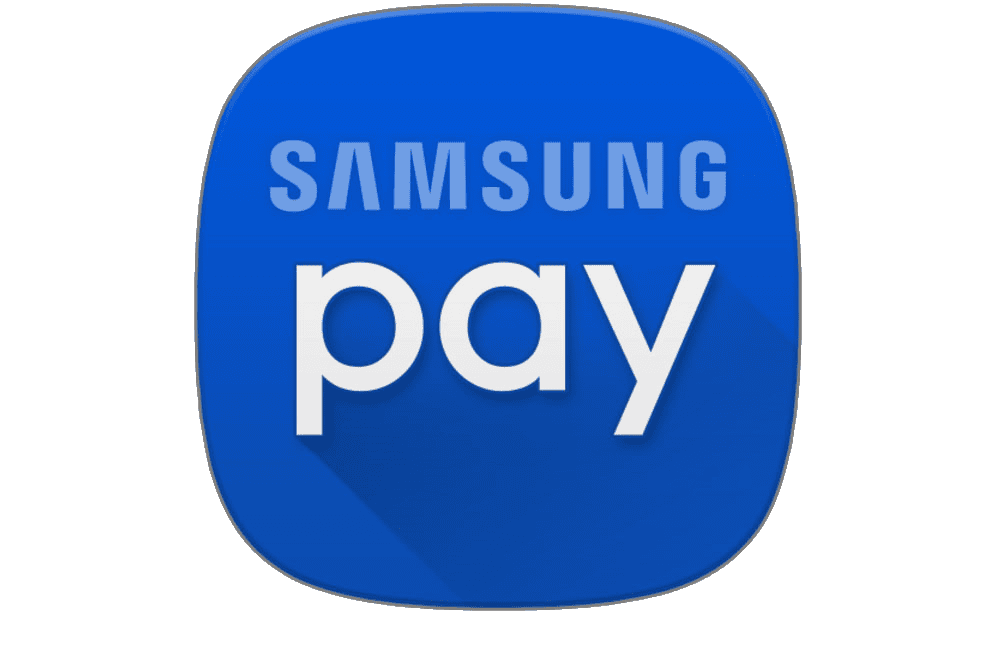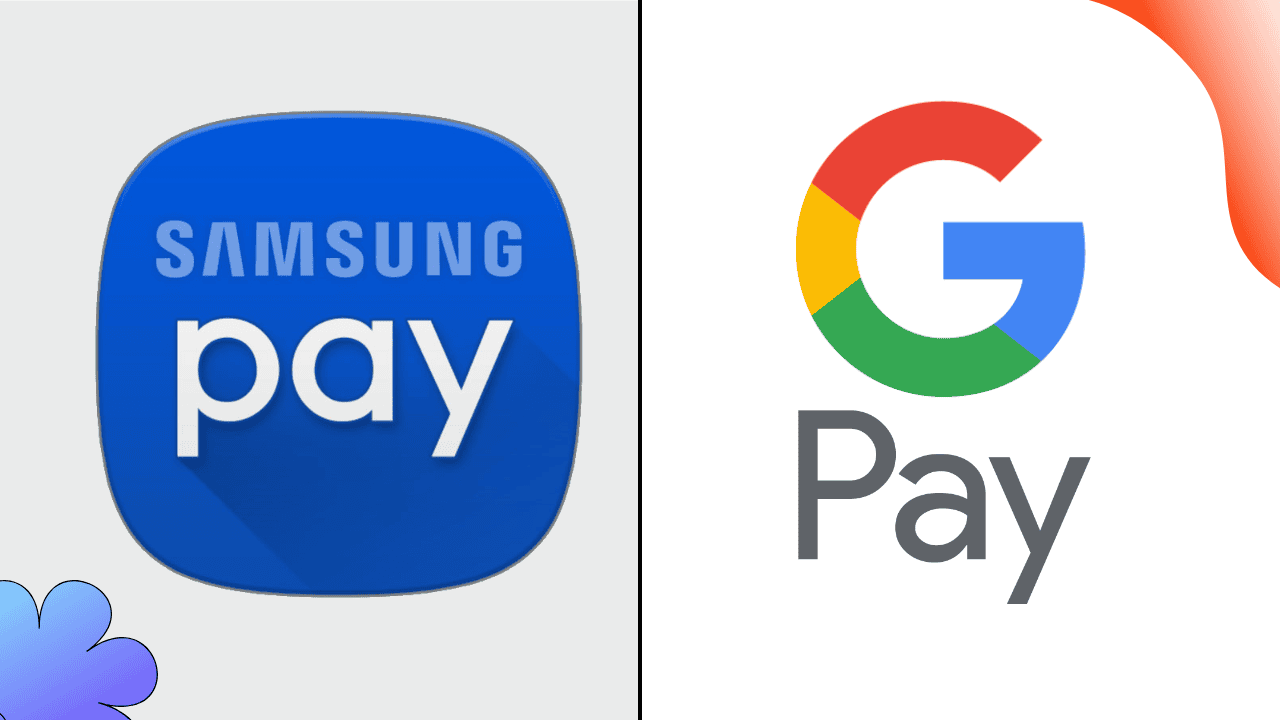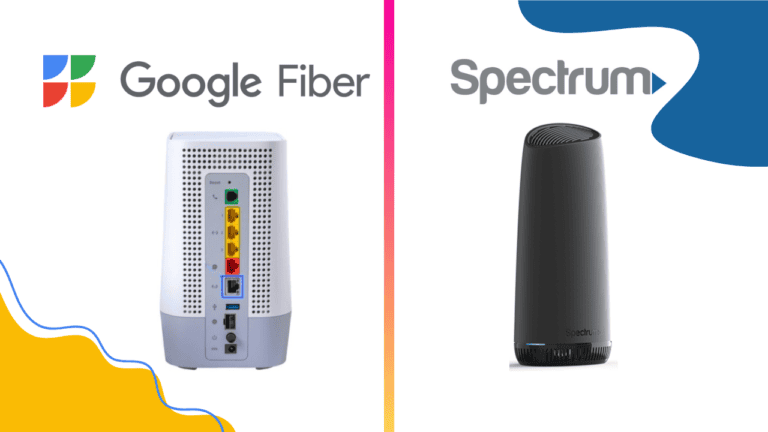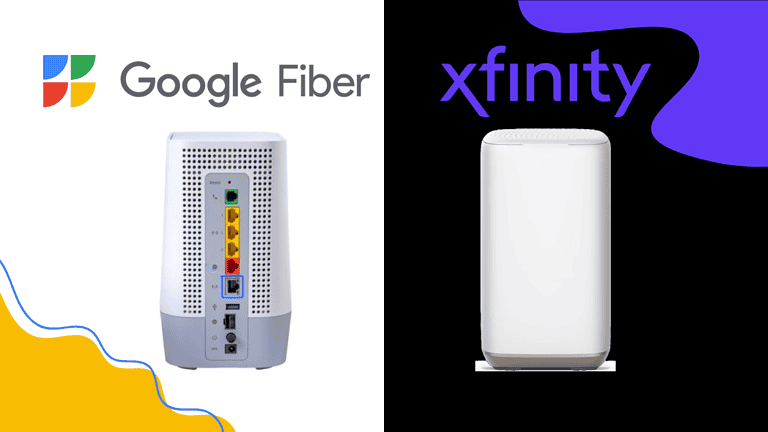In digital wallets, Samsung Pay and Google Pay dominate the scene. But while most comparisons focus on features and tech specs, the real story is how these platforms change how we think about money and payments.
Mobile Payments: A Shift in How We Pay
Remember the days of scrambling for your wallet at checkout? Those moments are fading fast. Mobile payments have gone from a cool novelty to an everyday essential, with Samsung Pay and Google Pay leading the charge. But while both have grown and adapted, their strategies couldn’t be more different.
Samsung Pay: A Hardware Powerhouse
Samsung Pay hit the market with a significant advantage: MST (Magnetic Secure Transmission) technology. This allows it to work with older card readers, not just NFC-enabled terminals. Think of it like a universal payment translator—it speaks old-school and modern payment languages.

Why People Love Samsung Pay:
- Works on almost any card terminal, even older ones
- Strong security with tokenization and Samsung Knox
- Deep integration with Samsung devices
- Rewards program that earns Samsung Pay points
- Supports gift cards and loyalty cards
The Downsides:
- Only available on Samsung devices
- Newer models are ditching MST
- Limited availability in certain regions
- Setup can be a bit more involved
Google Pay: The Software Specialist
Google Pay takes a different route, focusing on seamless integration across all Android devices and beyond. It’s not just about tapping to pay—it’s about managing your entire digital wallet in one place.

Why People Love Google Pay:
- Works on any NFC-enabled Android device
- Simple, clean interface
- Built-in peer-to-peer payments
- Integrates with online shopping and public transit
- Works across devices, including iOS and web browsers
The Downsides:
- Requires NFC-enabled terminals
- Rewards program isn’t as strong
- Features vary depending on your location
- Doesn’t work well offline
Security: A Top Priority for Both
No matter which you use, security is a shared priority. Both platforms offer:
- Tokenization, replacing your actual card details with unique digital codes
- Biometric authentication (fingerprint or facial recognition)
- Remote wipe capabilities in case you lose your phone
- Real-time fraud monitoring
Neither stores your actual card number on your phone, so your financial data stays safe even if your device is compromised.
Everyday Usability: Where the Differences Show
So, how do these wallets feel in real life?
- Samsung Pay shines in physical stores, especially in areas where older payment terminals are still the norm. You can leave your physical wallet at home with confidence.
- Google Pay excels in digital integration. Whether splitting a bill, buying something online, or tapping into transit, it’s built for seamless transactions across multiple platforms.
Where Can You Use Them?
Geography plays a role in how helpful each service is. Google Pay has a wider global reach, while Samsung Pay is stronger in select regions, particularly in parts of Asia where it partners closely with local banks and merchants.
The Real Winner? You.
Here’s the twist: this isn’t about which is better—it’s about competition making things better for us. The rivalry between Samsung Pay and Google Pay has pushed both platforms to improve, offering better security, more features, and smoother payment experiences.
What’s Next for Mobile Payments?
Both platforms are evolving fast. Expect to see:
- Integration with cryptocurrencies and digital assets
- Expanded reward programs
- More seamless cross-border payments
- Deeper financial service integrations
Which One Should You Choose?
That depends on what you need most:
- Go with Samsung Pay if:
- You use Samsung devices
- You often shop where older card readers are common
- You want a robust rewards system
- You’re invested in Samsung’s ecosystem
- Go with Google Pay if:
- You want a wallet that works across multiple devices
- You frequently send and receive money
- Do you prefer a clean, no-fuss experience
- You do a lot of online shopping
Final Thoughts
While Samsung Pay and Google Pay might seem like direct competitors, they complement each other by pushing mobile payments forward. One leans into hardware innovation, the other into software ecosystems, making transactions faster, safer, and more convenient.
Ultimately, whether you’re tapping your Samsung phone or your Android device, you’re part of a shift toward a cashless, more efficient future. And that’s the real win.
Visit Blogsweneed for more blogs, news, and content like this.

Hi, I’m Nathan Cross, a writer and avid reader who loves crafting articles for newspapers and online platforms. Words are my passion, whether I’m telling stories, sharing insights, or sparking conversations. When I’m not writing, you’ll find me lost in a book or out on the baseball field, enjoying the game that keeps me grounded. Writing, reading, and baseball—these are the things that define me.




